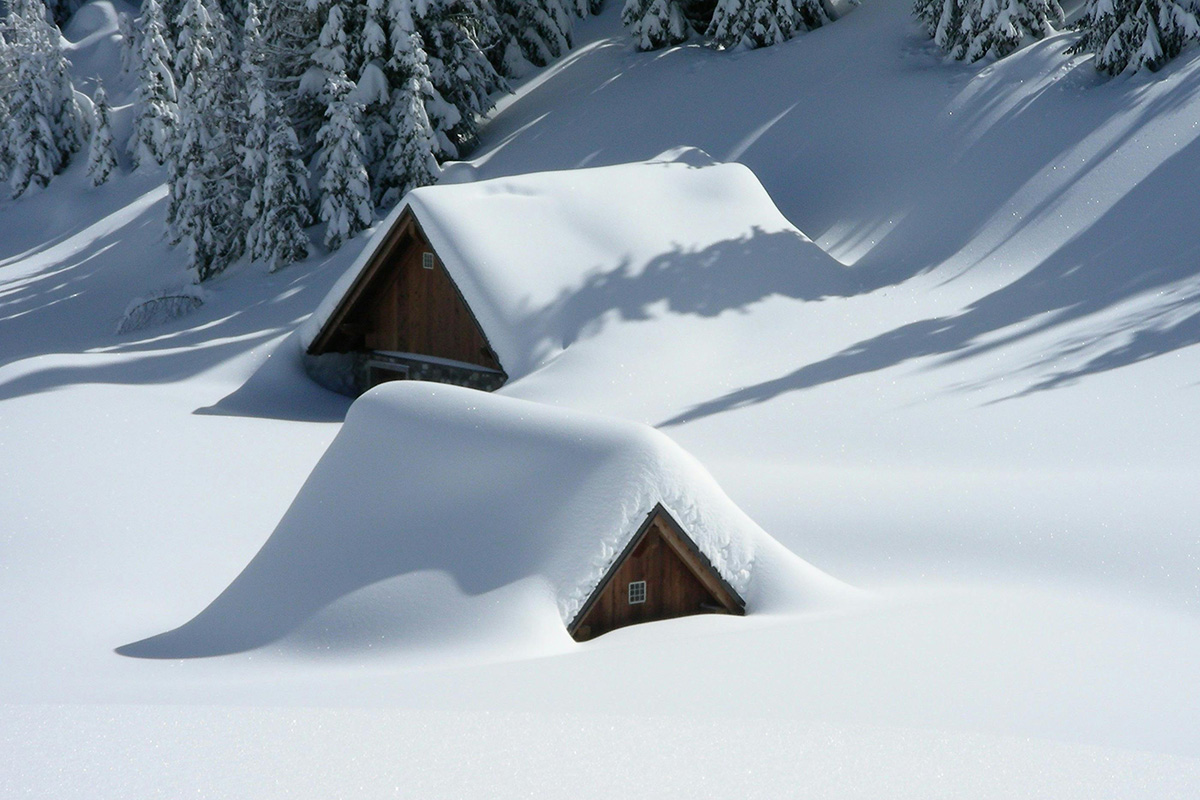National Pet Wellness Month: Prioritising Well-being in the Home
National Pet Wellness Month: Prioritising Well-being in the Home
As we mark National Pet Wellness Month, it’s the perfect time for homeowners across North Essex and South Suffolk to reflect on the role pets play in our everyday lives—and the challenges that come with caring for them. Pet wellness month isn’t just about vet check-ups and diets; it also touches on how our homes handle pet waste, pests, fencing, and safe indoor environments. For many households, unmanaged pet-related issues create frustrations, health risks, and even property damage. In this article, we explore the problems associated with pet wellness, the human dimension behind them, and how homeowners can stay ahead—particularly with support from services such as Poop Patrol, pest control, fencing, and pet proofing.

Why Pet Wellness Matters (to More Than Just Pets)
Pets are increasingly viewed as family members, and the UK reflects that emotionally and economically. According to PDSA, 51% of UK adults own a pet; about 28% have a dog (an estimated 10.6 million dogs), and 24% own a cat (≈10.8 million cats). PDSA Also, in a survey by Johnsons Veterinary Products, 59% of UK pet owners admit they prioritise their pet’s wellbeing over their own.
With that bond comes responsibility—but also stressors. When pet wellness is ignored or inadequately managed, the consequences ripple throughout a home:
-
Health risks — unmanaged waste, parasites, fleas, ticks, and pest infestations can affect both animals and humans.
-
Damage to property — digging, chewing, fence destruction, soil erosion, damp infiltration via pet doors, etc.
-
Behavioural stress — pets may act out (barking, scratching, escape attempts) when they’re uncomfortable, unwell, or lacking safe space.
-
Neighbour relations — waste left in gardens, boundary disputes, pests migrating beyond your property.
Because many households already face pressures—time, cost, space—the technical and practical aspects often become overwhelming. That’s where planning, prevention, and professional support come in.
Common Problems in Pet Wellness Month’s Spotlight
1. Pet Waste Management & Garden Hygiene
One of the least glamorous but most critical aspects is handling pet waste. Left unmanaged, faeces can attract flies, rodents, and parasites (e.g. roundworm). It may also leach nutrients into soil unevenly, cause patches of burnt grass, or stain hard surfaces. Worse, in damp weather it becomes a slip hazard and unpleasant odour point.
Failure in waste management can lead to pest incursions. Rodents are often drawn to concessions of food or organic matter, and faeces can act as a vector in spreading pathogens. Homes in rural or semi-rural areas are especially vulnerable to spill over pests.
2. Fencing Failure and Insecure Boundaries
A common issue is that garden fences or walls are not fully pet-proof. Dogs dig under fences, cats squeeze through gaps, and some pets may climb or jump over. A compromised boundary can result in escapes, confrontations with neighbouring animals, or injury.
Weak or ill-installed fencing also invites unwanted pests or wildlife (foxes, badgers, rodents) into the garden. A fox may tear at a fence board to reach pet food left outdoors.
3. Pest and Parasite Pressure
Pets bring us joy—and, sometimes, fleas, ticks, mites, and fleas can hitch a ride indoors. If not properly controlled, flea infestations can spread to carpets, upholstery, and be dangerous to small children or immunocompromised people.
Rodents in the garden may be attracted to pet food bowls or leftover scraps. Once inside your home’s structure, they can chew wiring, insulation, and even structural timbers, causing fire hazard or structural damage.
The consequences of poor pest control can be far reaching: misuse of pesticides, inadequate proofing, or neglect of exclusion measures can even bring legal consequences in the UK (for harm to non-target animals).
4. Indoor Safety & Pet Proofing
Pets are curious. Cables, plants, chemicals, heaters, windows, and doors all pose risks. In multi-pet homes, conflict zones and resource competition (feeding, litter trays) may stress animals. Without proper pet proofing, pets can damage household components (e.g. chewing cables) or injure themselves (e.g. falling, ingesting toxic substances).
5. Emotional & Stress Factors
When pets are ill, pests abound, or escapes become frequent, the stress falls on the human caregiver. Guilt, anxiety, time pressure, and neighbour tensions escalate. The emotional bond means many owners worry deeply, sometimes delaying or avoiding intervention due to cost or overwhelm—exacerbating problems.
How We Can Help You (Homeowner Support Services)
Infinity Home Services, serving North Essex and South Suffolk, offers a suite of services to help tackle the full spectrum of pet wellness challenges in your home:
-
Poop Patrol — a dedicated pet waste removal and garden cleaning service. Let us regularly collect and dispose of pet waste safely and hygienically, reducing pest attraction and odours.
-
Fencing & boundary solutions — we can design and install pet-proof boundary fences, gates, cat-proof tops, dig‐guard strips, and reinforced panels to keep pets safe and secure.
-
Pest control & exclusion — from rodent proofing to flea and insect treatment, we identify entry points, treat infestations, and seal gaps so pests can’t reinvade.
-
Pet proofing & interior safety audits — inspection of wires, plants, heating accesses, escape routes, and interior risk spots, with remedial work to reduce hazards.
By combining these services, we help maintain both animal welfare and property integrity, relieving the burden on you. A unified approach ensures waste, pests, and structural defects don’t undermine pet wellness.
Practical Tips for Homeowners During National Pet Wellness Month
Here are some actionable steps homeowners can take during pet wellness month (and all year round):
-
Schedule regular vet check-ups & parasite control – fleas, ticks, worms can have serious health consequences and are best prevented.
-
Implement a waste removal routine — daily pick-ups, safe bagging, and disposal, ideally along with our Poop Patrol service.
-
Secure boundaries carefully — a few hours’ work can block escape routes or wildlife access.
-
Inspect for pest access points — cracks, gaps, drains, roof eaves. Seal them early.
-
Use integrated pest control — combine traps, exclusion, hygiene, and safe treatments (rather than overreliance on chemicals).
-
Pet-proof indoors — hide cables, remove toxic plants, supervise curiosities, add rugs or scratching posts.
-
Communicate with neighbours — letting them know of your pet waste cleaning approach can help avoid disputes.
When in doubt, using professional services is a sound investment: problems left unresolved often compound more costly consequences later.
Conclusion
National Pet Wellness Month is more than a reminder to book a vet check. It’s a call to homeowners to treat their homes as part of the pet’s ecosystem—waste management, structural security, pest control, and interior safety all play their role. The challenges are both technical (fencing failures, pest ingress, proofing) and deeply human (worry, property damage, neighbour friction), but they need not overwhelm you. With a holistic service approach—waste removal, fencing, pest control, and pet proofing—you can protect your pets, your home, and your peace of mind.
Contact Us
Ready to take action? Call us at 0800 148 8088 or fill out our contact form below to get started on your pet-friendly home improvements today?


















